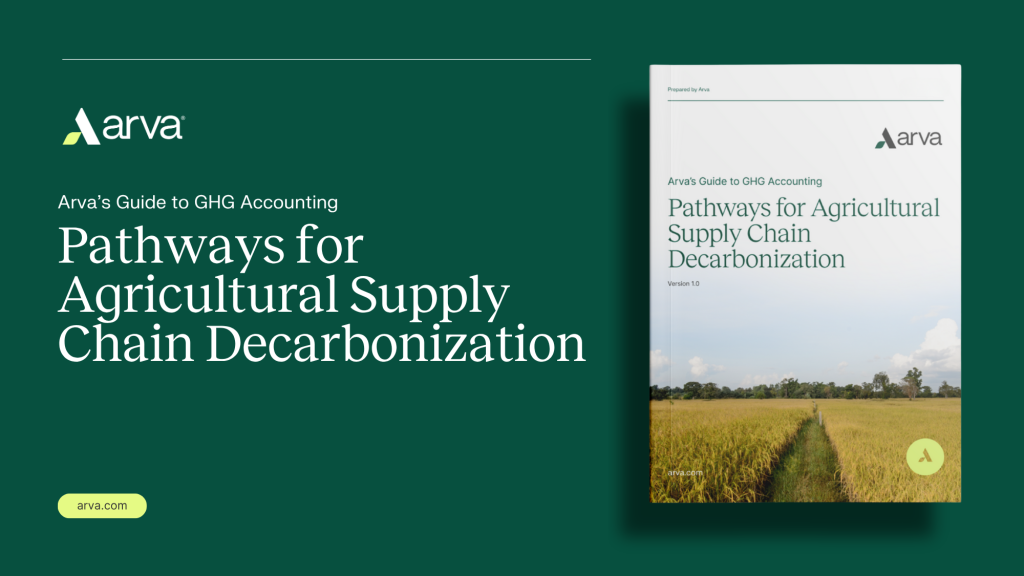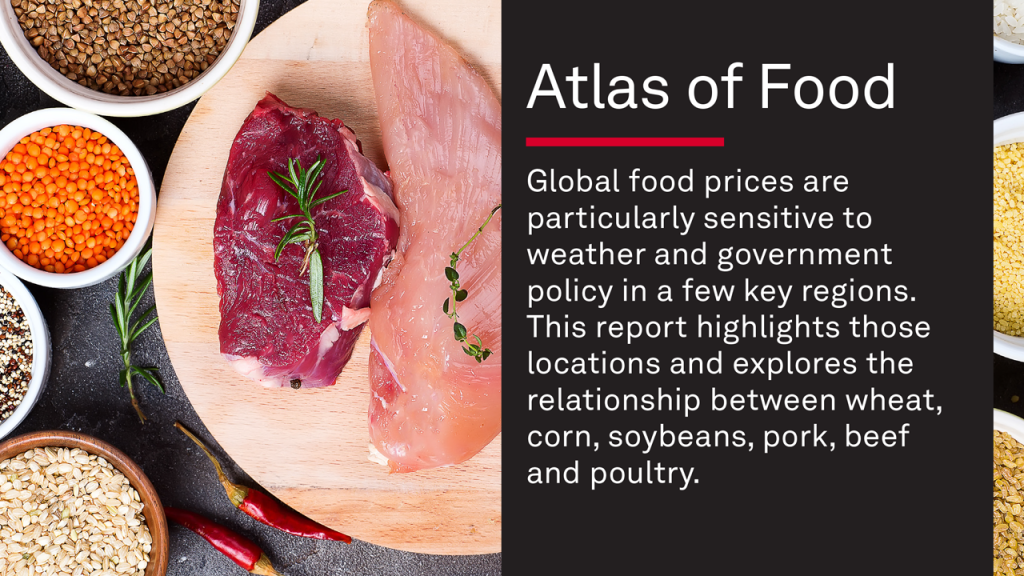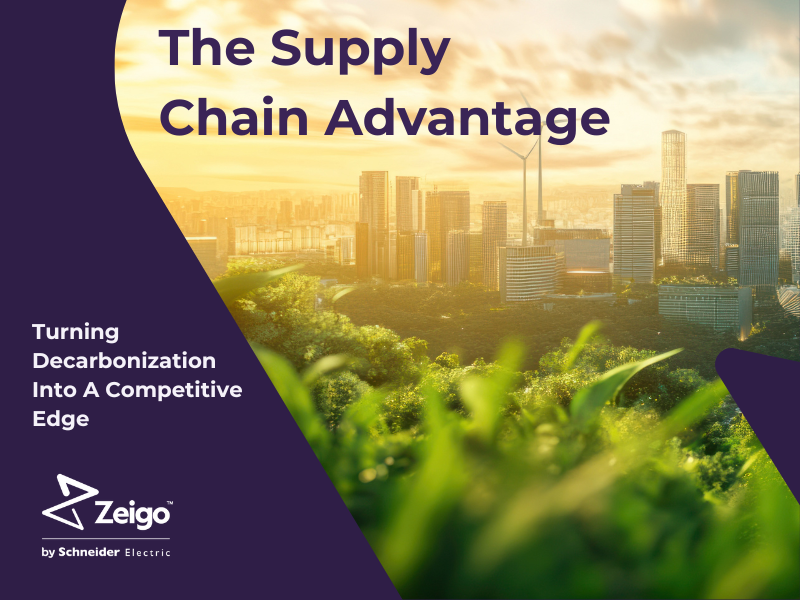5 ways to streamline sustainable apparel operations in a time of tariffs
Splitting up business operations and sustainability targets makes companies pay twice. Read More

- Consolidating operations, sourcing and sustainability into one plan, apparel companies can share data, set common milestones and have one bill of materials.
- Executives can consolidate ownership, reduce fabric variation and map out tariff scenarios to have optionality when rules change.
- Performing the unglamorous work of stable specifications and clear documentation well ensures fewer delays and steadier profit margins.
The opinions expressed here by Trellis expert contributors are their own, not those of Trellis.
Whether companies like to admit it or not, trade rules and sustainability targets are integrated into the same business operations that purchase orders, calendars and factory lines are. They influence the same yarn, fabric, cartons and bookings. So when they’re included in a single operating plan, execution becomes clearer and issues are more easily resolved.
Split them into unrelated sourcing and environmental programs and you pay twice. A tariff change that reroutes a fabric from, say, China to Vietnam, also affects emissions, labor exposure and paperwork. A disclosure rule altering fiber content can trigger origin rules and higher duty rates, as could be the case under the Uyghur Forced Labor Prevention Act. The levers move together regardless whether you plan for it.
By consolidating operations, sourcing and sustainability into one plan, companies are able to share data, set common milestones and have one bill of materials. If you keep the specifications stable, track changes centrally and document the process as you develop the product, you’ll end up with reduced surprises and lower airfreight costs.
As you work to devise a streamlined plan, here are five aspects of apparel operations to consider.
Policy is an operating variable
A tariff isn’t just a footnote; it determines where spinning, knitting, dyeing and sewing take place. Moving production to a different country changes lead times, grid mix, defect risk and vendor reliability. And price is only the beginning of the ripple effect.
When rules change, markets rush toward the same “safe harbor.” Capacity decreases, schedules become unstable and quality declines as overbooked plants spread work across more lines and shifts. In these conditions, emergency freight acts as a pressure valve, but emissions increase in response, as geographic distances could result in a larger carbon footprint.
The lesson: Plan for volatility and don’t just react to it. Double-qualify critical inputs, maintain a second finishing route and keep pre-negotiated terms ready. Clear, predictable rules attract investment and customers; whipsaw policies push those away. Treat policy like weather: always have a Plan B you can execute this quarter, not next year.
Don’t brush off disclosures
Audits rely on records, not marketing. Indeed, effective business operations mandate lot-level traceability, credible fiber origin and chain-of-custody proof that can withstand sampling. If you can’t provide receipts, process travelers, test results and pack-out records matching the goods, reconstruction will be slow and expensive.
It’s also important to use a single workflow for production, quality and chain of custody. When documentation accompanies the order — from intake to pack-out — the records in the file match the product in the box. If compliance is stored in a separate folder, the trail is already broken.
The lesson: Brands should focus on contracting for evidence rather than marketing claims. Regulators should establish and publish acceptance criteria and identify credible systems across markets. Clear rules and expectations reduce friction and channel capital toward meaningful upgrades, not superficial efforts.
Consider where work happens
Significant supply chain costs lie in energy, process chemistry and logistics, while policy influences all three. Moving the origin alters the grid mix. Tightening origin rules introduces steps that affect transportation and packaging, while changing a dye class affects wastewater and worker exposure.
There’s no “sustainable” country, but there are sustainable networks. The resilient model is a close-knit group of capable partners following standard processes, with automation where it’s effective and measurement that continues nonstop. Documents flow with the shipments. Exceptions are identified early while they’re still inexpensive.
The lesson: Target policies with meaningful outcomes by consistently and digitally verifying renewable energy, wastewater efficiency and worker safety. Reward plants that invest and remain committed to sustainable production. Stop funding constant border-hopping that wastes time, money and credibility.
Be mindful of fibers and the proof gap
Fiber debates — cotton versus polyester, recycled versus virgin, and so forth — stir up controversy when claims exceed reality. Trade rules specify origin, but blends make labeling and duties more complicated. The basic rule is clear: If you can’t prove it, don’t claim it.
That’s why it’s important to reduce variation to make proof repeatable. Standardize blends, dyestuffs and finishes when possible and minimize one-off recipes that require new documentation each season. Fewer, better inputs scale; sprawling menus don’t.
The lesson: Pair traceability tools with a small, trusted group of mills and factories. Complexity is where quality and compliance often break down. Each new variation becomes a failure point and potentially causes a future air shipment delay.
Recognize the cost of chaos
Late spec changes and last-minute origin flips may seem harmless when planning a new sourcing strategy. In practice, they cause rework, schedule slips and emergency freight. Waste increases, emissions go up and paperwork drifts away from what is actually shipped. The real cost becomes clear weeks later.
Instead, focus on stable programs backed by disciplined change control. Keep core components, such as raw material tracing, constant and run revisions through a formal gate. Use statistical process control at sewing and finishing to catch variations while they’re still fixable. Predictability isn’t boring; it’s a margin.
The lesson: Fewer, larger programs with clear improvement paths outperform many one-off efforts. Predictable processes allow teams to choose slower, more deliberate modes and maintain balanced capacity. Chaos results in freight in the sky and defects in the cartons.
What apparel executives can do now
To make these five aspects of apparel operations more accessible, consider the following:
Consolidate ownership: Assign trade, sustainability and sourcing to a single operating leader responsible for specifications and schedules. Link incentives to three outcomes: on-time ocean departures, landed cost versus planned costs, and clean audits without heroics. When one person owns the system, finger-pointing decreases and speed improves.
Reduce variation: Minimize the number of fabrics, trims and processes used across programs. Standardization decreases documentation errors, stabilizes quality and allows design to concentrate on silhouette and color instead of re-engineering chemistry each season. The result is fewer surprises and quicker approvals.
Buy evidence once: Replace patchwork spreadsheets with a single workflow that captures production data, quality control checks and custody records at each handoff. When the trail is integrated into the process, “prove it” becomes a matter of searching, not a crisis situation. Your most trustworthy sustainability message is accurate paperwork that withstands sampling.
Pre-wire options: Use dual-source critical yarns, qualify a second dyehouse and map out tariff scenarios so product and paperwork move together when rules change. Keep commercial terms ready to avoid the need for a new legal review under pressure. Optionality is cheapest when implemented early.
Measure what matters: Track on-time ocean rate, rework percentage, airfreight incidents and audit exceptions. Improve these quarter by quarter, and the rest, such as cost, carbon and credibility, will follow. These four metrics show whether integration is real or just for show.
The through-line
Trade and sustainability are the same production reality seen from different desks. Plan them together, and you avoid duplicate spending, cut down on last-minute fixes and build a supply base that keeps its promises.
Perform the unglamorous work diligently. Use stable specifications, dependable partners, clear documentation and ensure the results appear where they matter most. Fewer line stops, fewer delays, steadier profit margins and goods arriving as scheduled.
That’s the standard. If your process can pass a random Tuesday sampling audit and stay on track, the system works. If not, fix the system — not the story.

Subscribe to Trellis Briefing
Featured Reports

The Premier Event for Sustainable Business Leaders
















